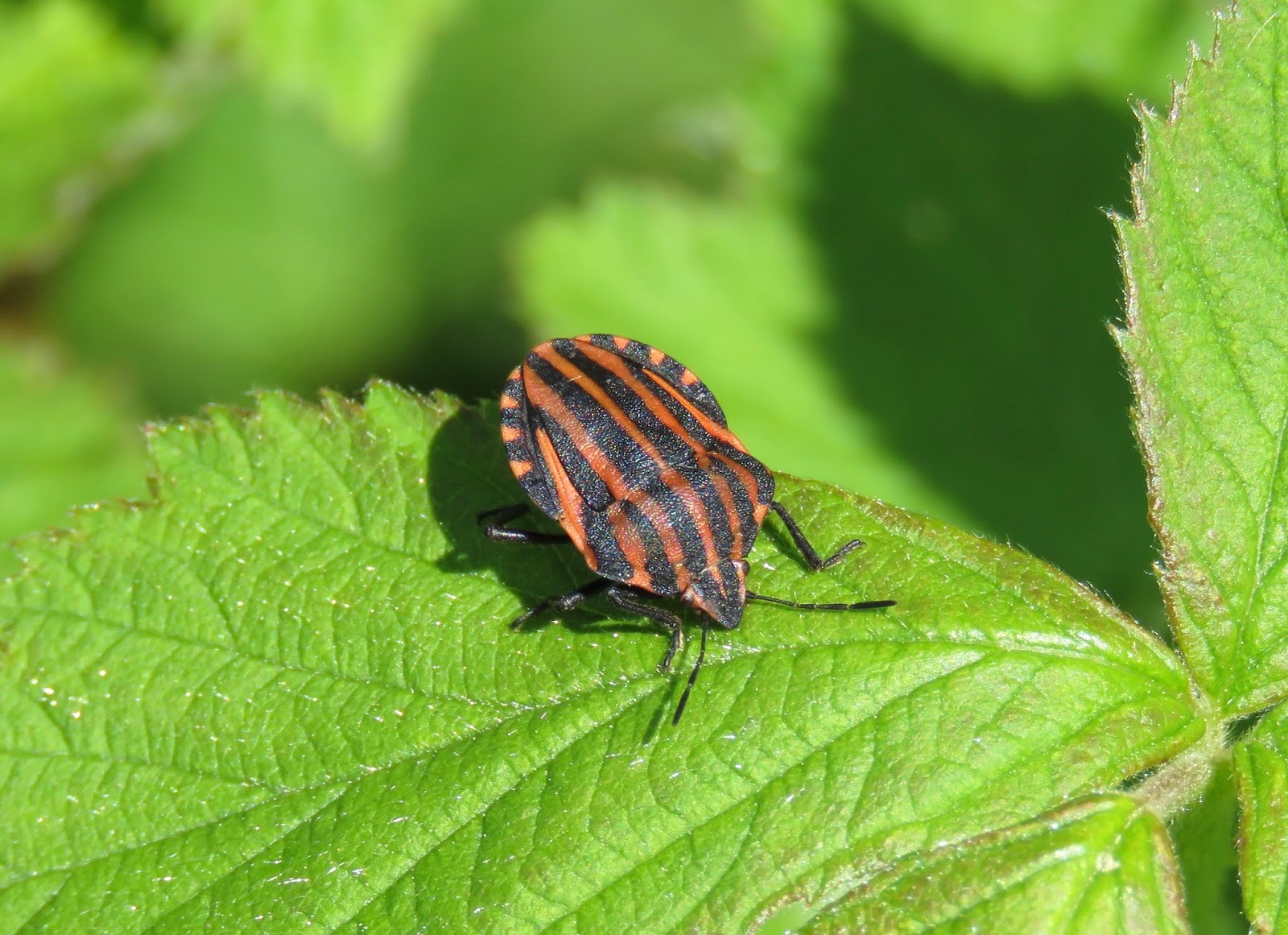More invert action

Sometimes, just a nose about locally is all it takes to produce the goods. After a morning of gardening I took myself off to check Banstead Downs for Striped Shieldbug (above). I didn't find them where I have had success before, but did come across three individuals within 3m of each other at a new site (TQ2664260543) some 500m south of the original Freedown Lane colony. I also came across Lixus iridis (above) at four sites, all shown on the map below. Each of these areas are open in character with a heavy ground vegetation. The weevil seems to like Hogweed. Today, all three Striped Shieldbugs were on Bramble. Apart from the Striped I also recorded Brassica, Dock, Hairy and, best of all, Woundwort Shieldbug (below), my favourite - just like delicate precious jewels. The chances are, if you are in the Banstead, Wallington, Chipstead, Coulsden or Croydon areas, a check of any stand of Hogweed might provide you with either of these colonising inverts. That's my summer sorted out




